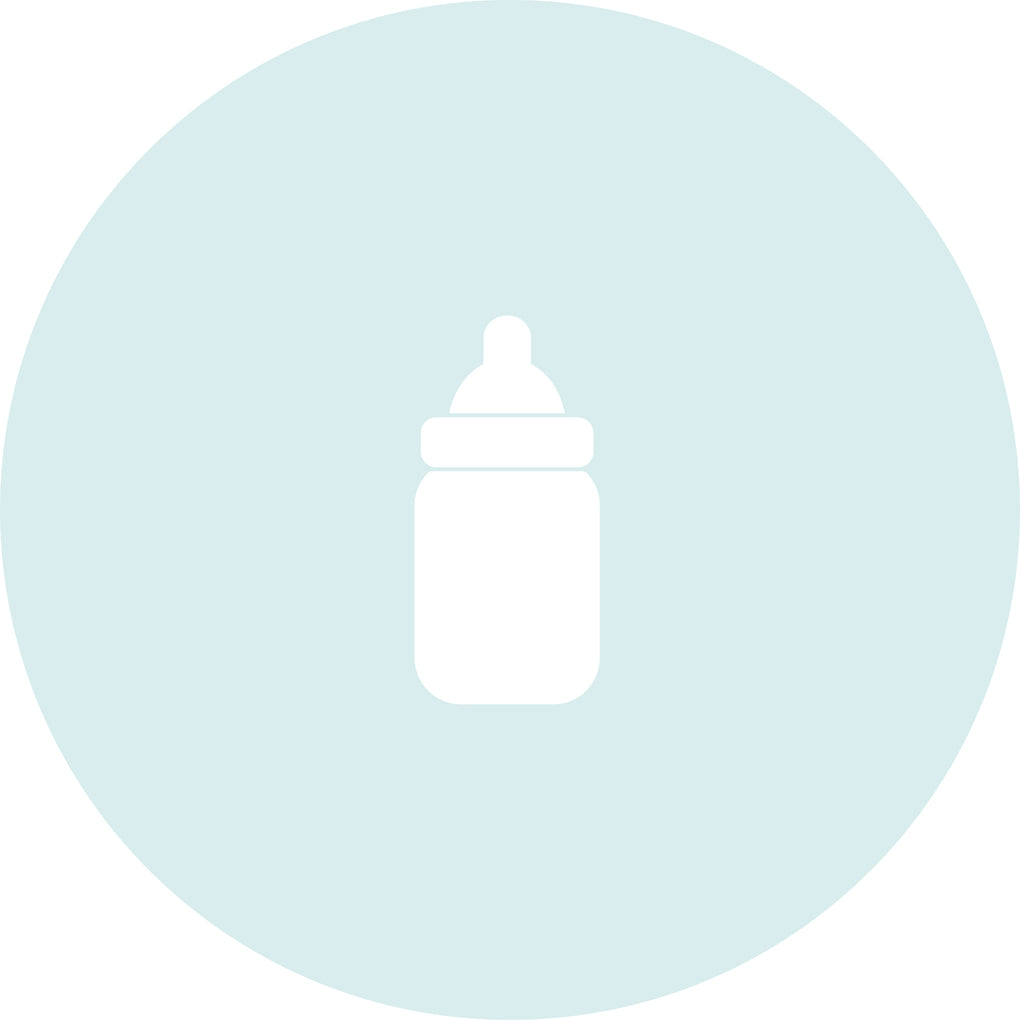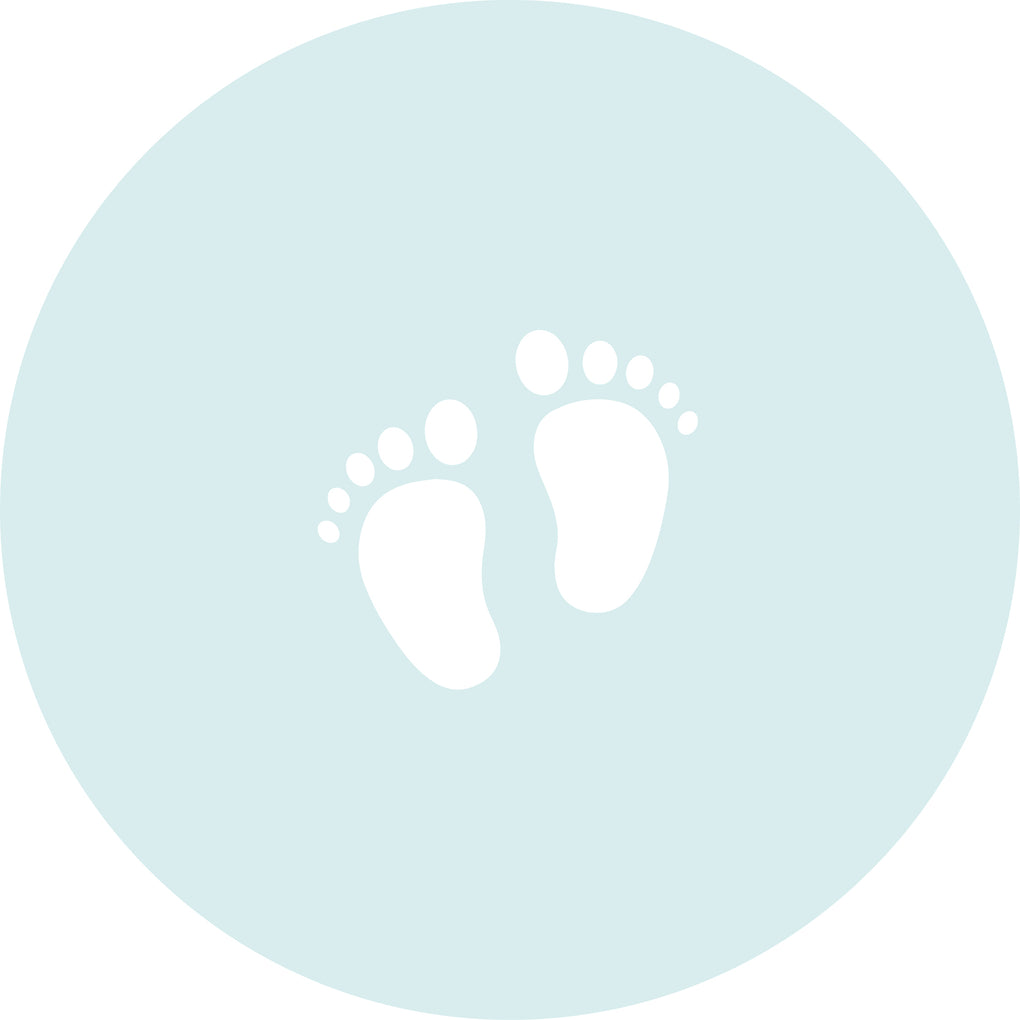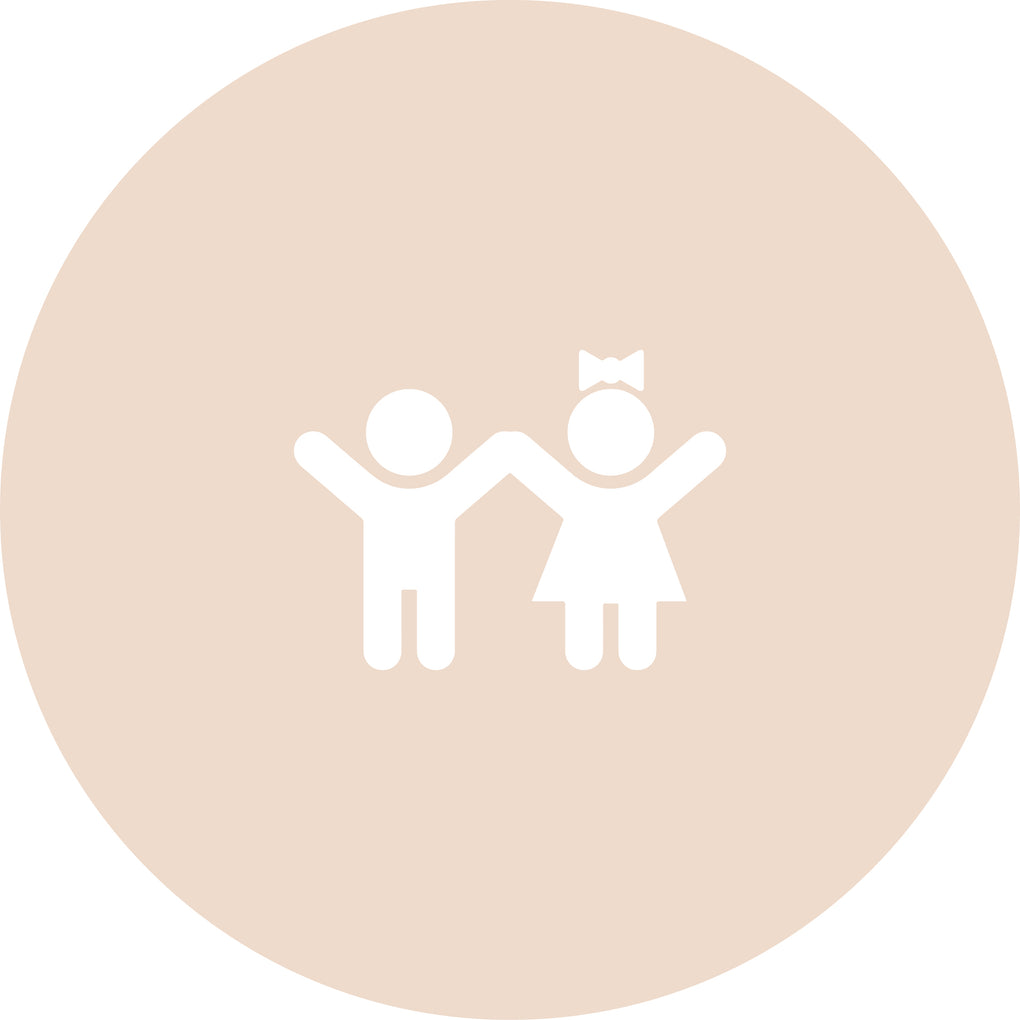Car journeys can be daunting with a little one. Whether you’re popping to the shop for more nappies or you’ve booked a family trip to Cornwall and have hours of road ahead of you, having a safe and comfortable car seat is paramount to a successful drive.
Whilst some children love the novelty of a car ride, and others sleep the entire way, some babies spend their time in the car exercising their vocal cords, which can be exhausting for parents trying to navigate the road while soothing their crying baby all from the front seat.
Regardless of your baby’s temperament during car outings, they must be safe. Buying the correct seat is an important decision, which can be mind-boggling if you haven’t done any prior research. That’s why we're here to advise you on what to look for in a car seat for your little one.
Consider your child’s age, weight and height. These three factors are crucial to determining what stage (group) car seat you need.
It’s important to remember that babies come in different shapes and sizes and grow at different rates. Therefore, your child’s size is more important than age when selecting the right car seat.
Baby (Group 0+)
- Age Range: Birth to 15 months
- Height Range: 40cm – 85cm
- Weight Range: Up to 13kg
Baby & Toddler (Group 0+/1)
- Age Range: Birth to 4 years
- Height Range: 40cm – 105cm
- Weight Range: Up to 18kg
Toddler (Group 1)
- Age Range: 9 months to 4 years
- Height Range: 75cm – 105cm
- Weight Range: 9kg – 18kg
Toddler & Child (Group 1/2/3)
- Age Range: 9 months to 12 years
- Height Range: 75cm – 150cm
- Weight Range: 9kg – 36kg
Child (Group 2/3)
- Age Range: 4 years to 12 years
- Height Range: 100cm – 150cm
- Weight Range: 15kg – 36kg
These classifications align with the European regulations (ECE R44/04 and i-Size). Note that weight and height ranges might overlap in different groups because some classifications cover a broader range to accommodate growth.
The law states
The UK has strict laws on children’s car seat safety, and it is vital to know the rules and regulations to avoid the risk of a £500 fine if you’re caught using an unsuitable or incorrectly fitted car seat. In the UK, when riding in a vehicle, all children need to be in a car seat from birth until 12 years old or until they are 135cm tall, whichever they reach first.
Previously, children who weighed as little as 15kg could use backless booster seats, but safety concerns resulted in a change in the law. The updated rules mean that backless booster seats are only approved for children weighing more than 22kg and taller than 125cm.
To find out more, take a look at the Government guidelines.
One more thing: remember ALWAYS to check that the car seat that fits your child also fits every vehicle in which it will be used. We are always happy to advise on compatibility, but the manufacturer’s website is the go-to for this level of information.
Rear-facing
It is highly recommended for children to remain rear-facing in their car seats for as long as possible. This recommendation stems from extensive research indicating that rear-facing seats offer superior protection in a collision. When a child is rear-facing, the force of an impact is distributed more evenly across the back of the seat, reducing the risk of injury to the child’s head, neck, and spine. This positioning can be crucial during the vulnerable early years when a child’s bones and muscles are still developing.
However, children must remain rear-facing only in car seats designed for this purpose. These car seats accommodate the child’s growth and provide the necessary support and protection as they grow. Using a rear-facing car seat not designed for larger children can compromise safety. Parents should ensure they select a car seat approved for extended rear-facing use, checking the manufacturer’s weight and height limit specifications. Always refer to the car seat’s guidelines and ensure it fits correctly in each vehicle it uses to maintain optimal safety.
So, back to the question of what car seat you need and when. Below, we have broken down the groups into categories, explaining which car seats work best at each stage.
Baby (group 0+)
Birth to 15 months, 40cm – 85cm, Up to 13kg
Due to their lightweight, portable nature, infant car seats are also known as infant carriers. They often have a handle, making it easy to carry them from the car to your house or to connect them to your stroller, creating a travel system without disturbing your sleeping baby. However, their small size does mean they have a relatively small age range, and you will need to transition to the next stage car seat quicker than other groups.
This type of car seat must be installed in a rearward-facing position, as this is the safest way for a little one to travel. It is mandatory until 15 months. We recommend you use this type of seat with an ISOFIX base if your car and the seat allow it.
ISOFIX is an internationally standardised car seat fitting system. It allows you to fit a car seat directly into your vehicle without a seat belt. The base simply locks into place using ISOFIX anchor points built into the car. This is the safest method of installing your seat in the car, as the seat is held securely in place and also ensures the car seat is installed correctly. ISOFIX is found in most modern vehicles and is a simple way of installing your car seat.
Due to its small age range, buying a modular system for added convenience and saving you money in the future is handy. A modular system involves a base that allows you to use a second-stage seat on the same base when your baby outgrows their first car seat.
They’re also ideal for carrying your newborn out of the hospital and transporting them home, as they’re lighter than other car seats with more comprehensive weight ranges.
See all of our Baby (0-15 months) car seats here >>
Baby & Toddler (group 0+1)
Birth to 4 years, 40cm – 105cm, Up to 18kg
This ‘combination’ car seat has become extremely popular in recent years. It offers several benefits, including increased safety for children, added peace of mind for parents, and extra convenience.
Most baby and toddler car seats allow you to leave little ones in the safest rearward-facing position well beyond the 15-month mark, up to four years. You can easily upgrade from your infant carrier to one of these as soon as you like; often, this happens when the infant carrier gets too heavy to carry. If you choose, they can be turned to face forward after 15 months and 75cm. Most of these car seats now rotate to face the car door, making getting your little wiggle in and out of the car seat in a hurry so much easier.
However, due to their size and design, these are much heavier than the classic infant-carrier car seats, with some weighing up to 15kg. Therefore, these car seats often remain in the car. These are a great choice if you don’t plan to use your car seat on your pushchair to form a travel system, and the seat will last your child through their toddler years.
See all of our Baby and Toddler (0-4yrs) car seats here >>
Toddler (group 1)
9 months to 4 years, 75cm – 105cm, 9kg – 18kg
These car seats can be rear-facing or forward-facing. This is where you will be thankful for your earlier purchase of a modular system. If you choose to use an infant carrier with a modular ISOFIX base, then this is the time you can use your toddler seat on it.
These have a slightly shorter age range than the previous group. This can be a pro and a con. It means that it doesn’t need to adapt as much and is tailored specifically to the exact stage of your child’s development. On the other hand, you get less use out of it.
As awareness of rear-facing benefits increases and the popularity of rotating combination car seats grows, our product range for this once-popular category is now limited to second-stage seats in a modular system.
Toddler & Child (group 1/2/3)
9 months to 12 years, 75cm – 150cm, 9kg – 36kg
This car seat is an excellent problem solver and a versatile family choice. It is particularly ideal for large families with several cars used regularly. Its adaptability makes it a perfect ‘additional’ seat for occasional use by parents, grandparents, or anyone involved in a child’s life, ensuring that every ride is safe and convenient.
One of the standout features of Group 1/2/3 car seats is their ability to adapt as your child grows. These combination seats accommodate children from approximately nine months to twelve years old. Initially used with a harness for toddlers, the seat converts into a high-back booster seat for older children. This transition extends the seat’s life, offering forward-facing protection and comfort throughout a child’s development.
Moreover, Group 1/2/3 car seats are crafted with versatility and longevity. They are equipped with adjustable headrests, side-impact protection, and multi-recline positions to ensure that children of different ages and sizes are well-supported. The convenience of having one car seat that spans such a broad age range means less hassle for parents and caregivers, reducing the need to purchase multiple seats as the child grows.
However, since this car seat is designed to last many years, it must be taken care of. It should be cleaned following the manufacturer’s guidelines and replaced if it is dropped or if signs of wear and tear are visible.
See all of our Toddler & Child (9m-12yrs) car seats here >>
Child (group 2/3)
4 years to 12 years, 100cm – 150cm, 15kg – 36kg
Once you’re ready for your child to forward face, these are the car seats you could opt for.
These high-back booster seats do not have a harness or shield, as seen on their previous seats. Instead, they use the car’s seat belt and act as more of a booster with deeply padded heads and side wings. Your child is safest using the 5-point harness or impact shield for as long as possible.
Most group 2-3 car seats feature an adjustable headrest; some can adjust in width or have adjustable leg rests to ensure your growing children are kept safe and comfortable. Additional features such as armrests and cup holders add extra comfort for your little one.
See all of our Child (3-12yrs) car seats here >>
Navigating the world of car seats can be overwhelming; that’s precisely why we’re here to help. At Natural Baby Shower, we aim to make your choice as easy and informed as possible.
We offer a free car seat demonstration and fitting service. Our trained team members will walk you through everything you need to know about correctly fitting and adjusting your car seat. This ensures that the car seat is installed correctly and that you have the confidence and knowledge to do it yourself.
Our comprehensive range of car seats cater to all stages of your child’s growth, from birth to 12 years old. Whether you’re a first-time parent or adding to a growing family, we aim to make selecting a car seat as straightforward as possible. Trust us to provide the support and expertise you need so you can focus on enjoying the journey with your child, knowing they are safe and secure.
























